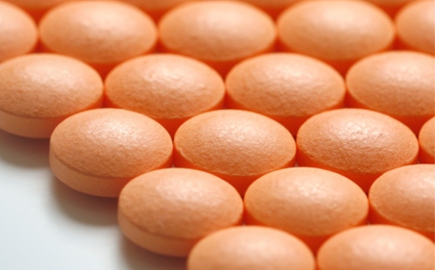Continuous manufacturing
New pharmaceutical manufacturing technologies could lead to big improvements
Pharmaceutical continuous manufacturing (PCM) is one major development that holds great promise for pharmaceutical companies, regulators and patients alike. Most medicines are produced using an approach known as batch manufacturing. In batch manufacturing the raw materials that are eventually transformed into the final product, a pill for example, are blended, weighed, compressed and coated in different machines, in different locations at different times, with many starts and stops in the process. With PCM, that pill can be produced from start to finish in one location and in one continuous process. This not only increases the speed of production—drugs that once took two weeks to make from start to finish, can now be made in days—but the entire process can be monitored in real time, ensuring the quality of the final product without slowing production. Automation also reduces human intervention, potentially decreasing the likelihood of error that might otherwise occur.
The Food and Drug Administration (FDA) has long embraced PCM and sees clear benefits for industry and patients. Shorter production times and more efficient manufacturing processes can translate to lower costs for pharmaceutical companies, which in turn could translate to lower costs for patients.
USP is exploring how its 200-year expertise developing quality standards for drug products and ingredients can contribute to building trust in PCM. We are actively collaborating with academic research centers, pharmaceutical innovators, manufacturers and regulators to help advance PCM standardization efforts. By developing (or adapting) public standards for PCM, more pharmaceutical manufacturers will be able to produce quality-assured medicines for patients, not just in the U.S., but around the world.




